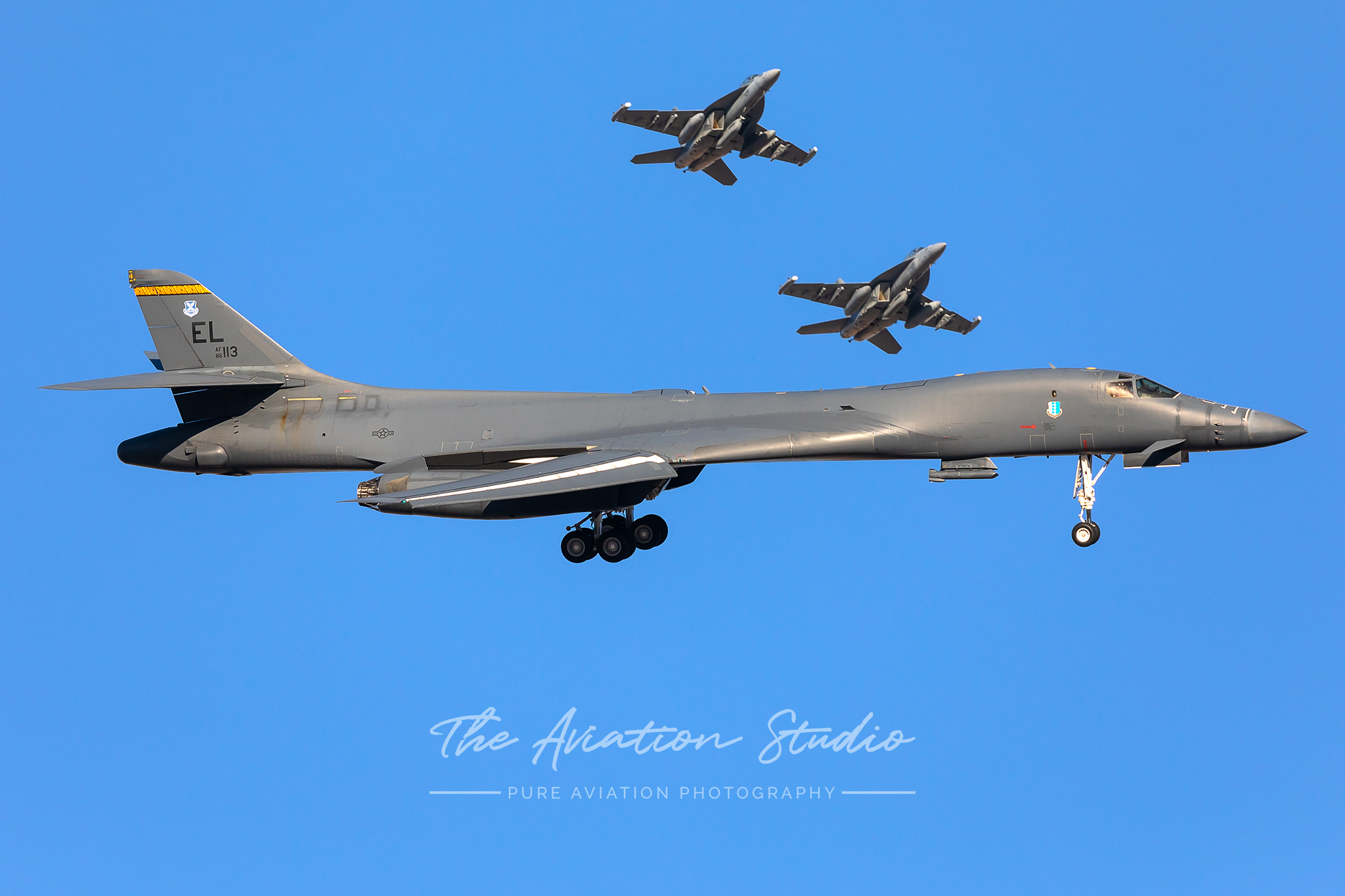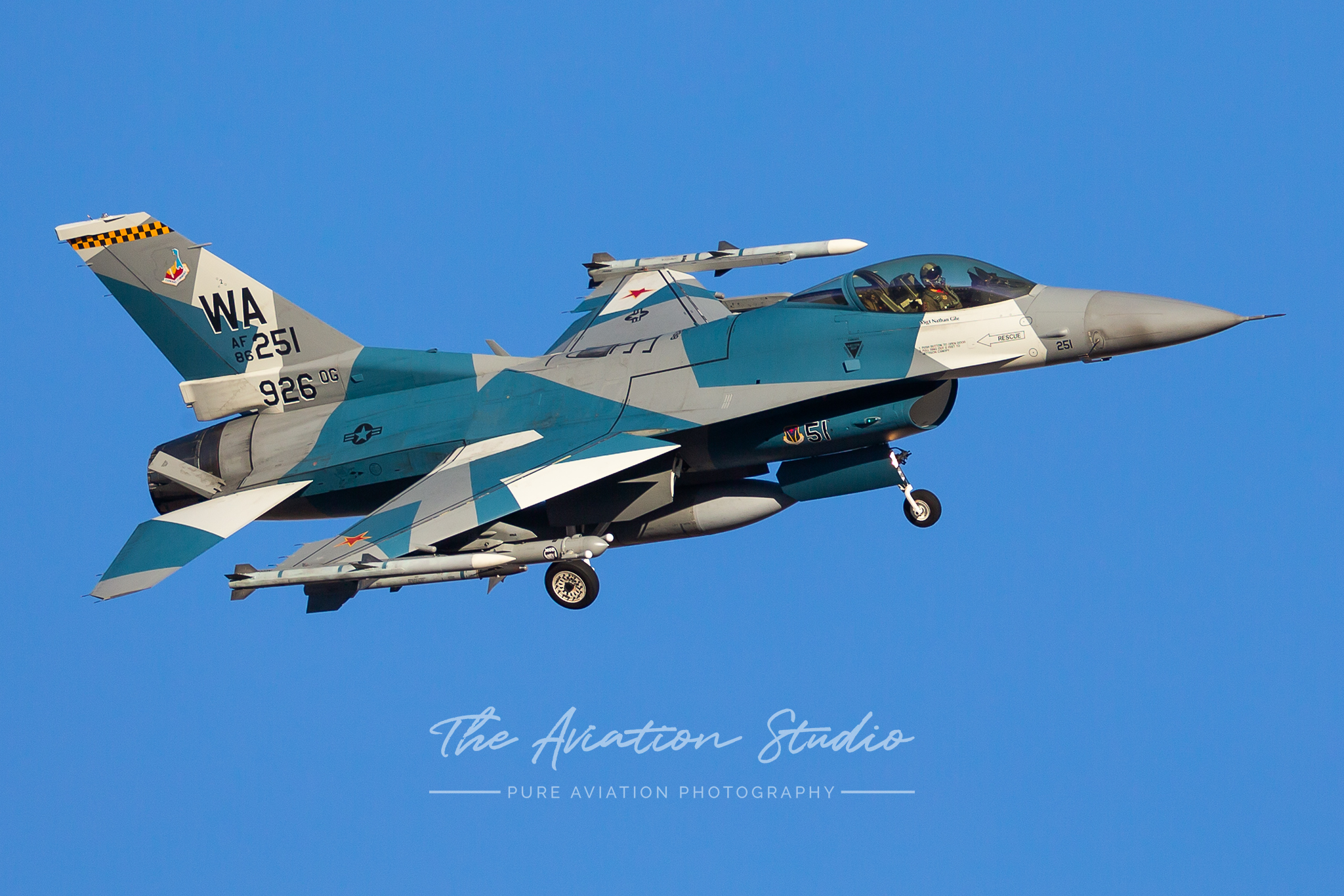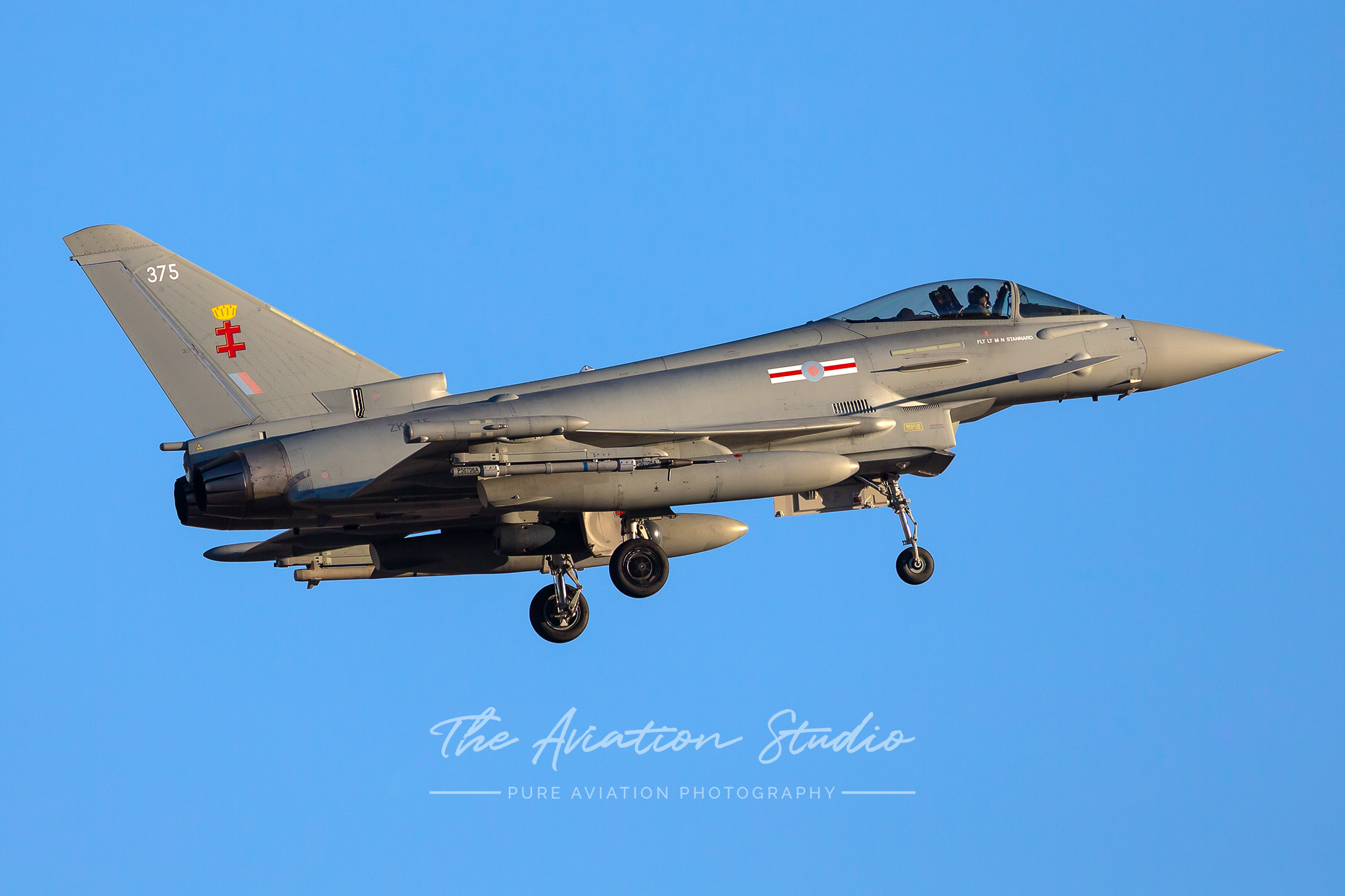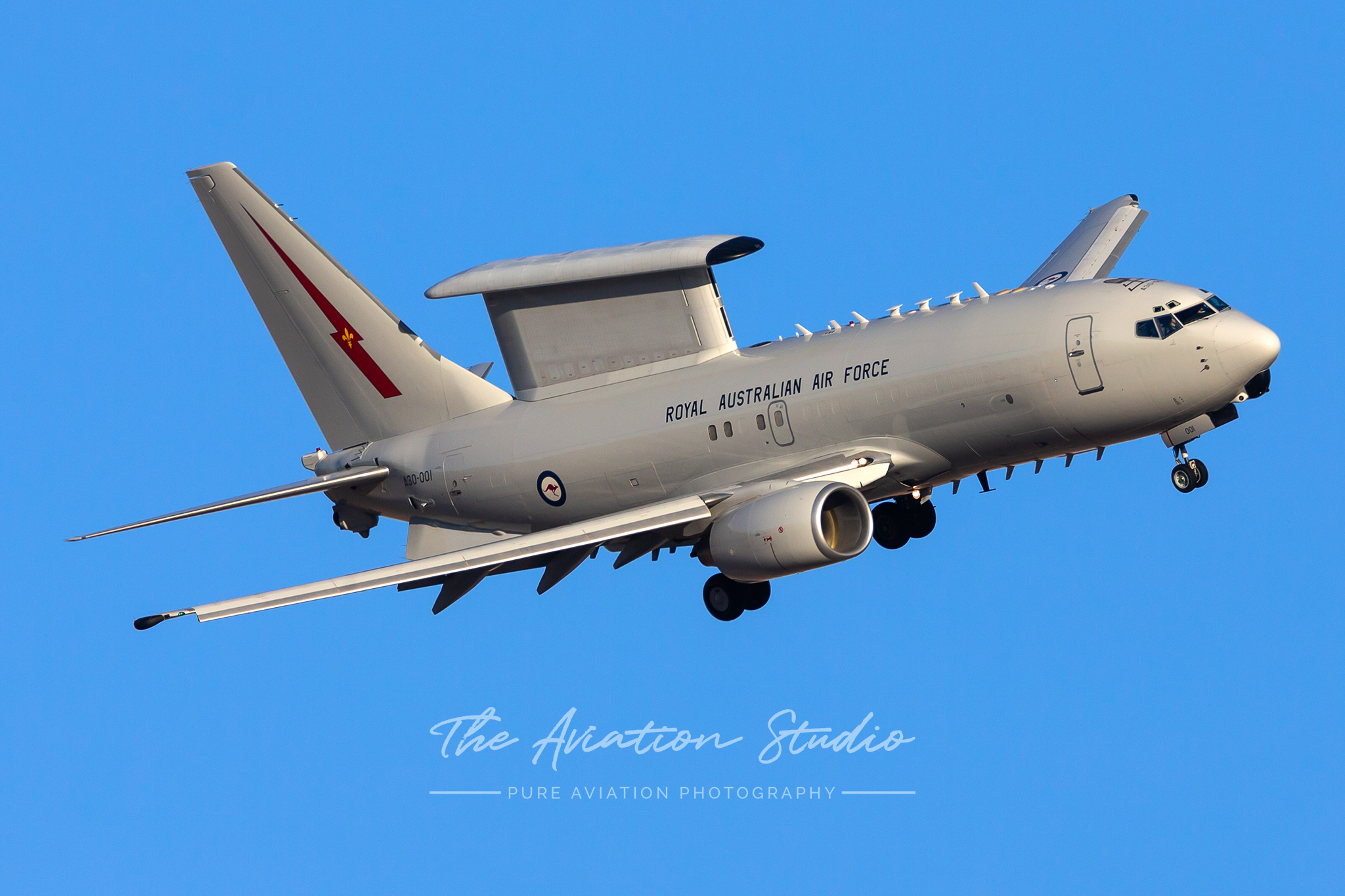Training a new breed of fighters
Red Flag is an exercise held at Nellis Air Force Base & Eielson Air Force Base. Each year 4-6 of these exercises are held in Nevada, while up to another 4 of these can be held at Eielson AFB in Alaska. Red Flag 20-1 ran from the 27th of January till 14th of February and is a high intensity air to air combat readiness and training exercise.

Red Flag started in 1975 and has quickly become the premier exercise held by the United States Air Force. The Exercise brings together the United States Navy, United States Marine Corps and United States Army. As well as various NATO and allied armed forces.

Red Flag exercises are conducted by the United States Air Force Warfare Center at Nellis.
They are run by the 414th Combat Training Squadron which is part of the 57th Wing. The training uses enemy hardware with live ammunition for the bombing exercises on the Nevada Test Range.

Red Flag sees a variety of aircraft with attack, fighter, bombers and reconnaissance all represented from multiple countries. 20-1 also saw The Royal Australian Air Force (RAAF) and Royal Air Force (RAF) join. The RAAF represented by 1SQN with their F/A-18F’s as well as an E-7A Wedgetail. The RAF brought down their Eurofighters from 41SQN, F-35B’s from 617SQN and a KC-2 Voyager.

The USAF regulars were there including an E-3 Sentry, F-35s from Hill Air Force Base and B-1Bs from Ellsworth Air Force Base as well as the 64th aggressor squadron with their F-16’s. The US Navy also had EA-18G’s flying.

Not only is the exercise massive, but so is the surge to start the exercise. The RAF had moved 50 ISO containers of equipment in via sea and land for the 3 aircraft types. This represented 250 tonnes of equipment moved in the three weeks leading up to the exercise.
The RAAF are no stranger to Red Flag exercises, making their first appearance in 1980. Since then deployments have seen a variety of aircraft participate including the F-111, F/A-18A/B/F and EA-18G. The summer of 2019 also saw the first delivery of two Australian Classic Hornets to their new home in Canada, as the RAAF phase out the type after 36 years of service.